Don’t lose sight of human source data
The trend toward data-driven or supported business analytics has accelerated. And it is valid for most of the findings its proponent’s advance. Product-market mix planning, demand modeling, customer alerts, the list goes on.
As a provider of qualitative insights, I find it periodically necessary to defend insights that are not yet supported statistically. Sure, we do plenty of quantitative research, backed by the usual stats testing, but here I am referring to the power of human insights to illustrate customer experience that matters.
A good example of over-reliance on a key metric is Net Promoter Score (NPS), which purports to measure customer satisfaction and presumably loyalty. As the accepted standard in virtually every business category, it remains the heavyweight champion of the world after over a decade of use.
Problem is, it does not predict anything. The squeaky wheels and raving fans weigh in, but the majority, that crater in the middle of the bell curve, do not get measured at all. And if it did, it would be irrelevant, because it seeks only to measure a singular encounter and extrapolate that to what is almost always a very complex B2B relationship.
I could go on about the deficits of NPS, but the point is that in B2B, where your buyer is actually a cadre of corporate experts and specialists, collaborating on a best-fit solution, there is value in knowing about their experience on a deeper level.
Not just their ranking of the technology, the demo, the responsiveness of the sales team, or the complexity of the terms that Legal put in the contract. Those things matter, but it is generally the gut feeling that people get about you, your team, your offering and your organization that truly matters, when it comes to buying decisions.
Certainly, those things can be parsed and measured quantitatively; that is, if you could strap each decision influencer into a chair and require them to take a four-hour survey. I believe that practice went out with waterboarding.
But seriously, there is a strong case for customer experience and buyer experience to be mined qualitatively. In a real conversation with a real human who they can relate to and trust. Most decision-makers or influencers are smart, thoughtful and caring people. They are just busy. Very, very busy.
So, if you are going to approach customers and former prospects with research, remember: your measurement vehicle is also an experience. You might think about how to make it a good one.

